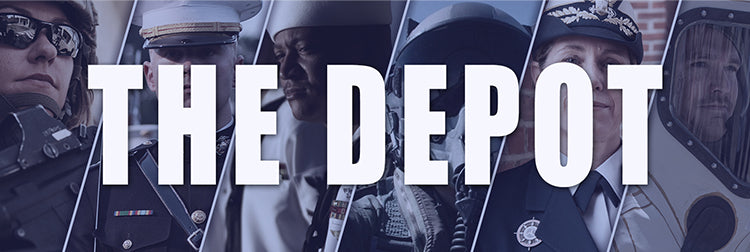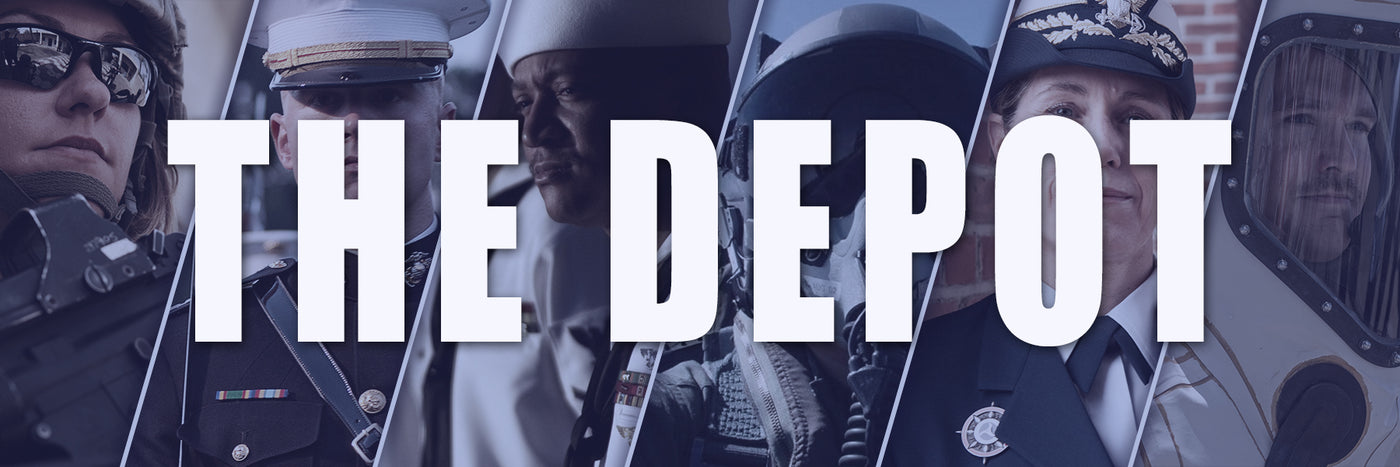
What Are The Blue Angels And Do They Fight In Combat?
The Blue Angels are the U.S. Navy’s premier flight demonstration team. The mission of the United States Navy Flight Demonstration Squadron is to showcase the teamwork and professionalism of the...
Blog Staff |

